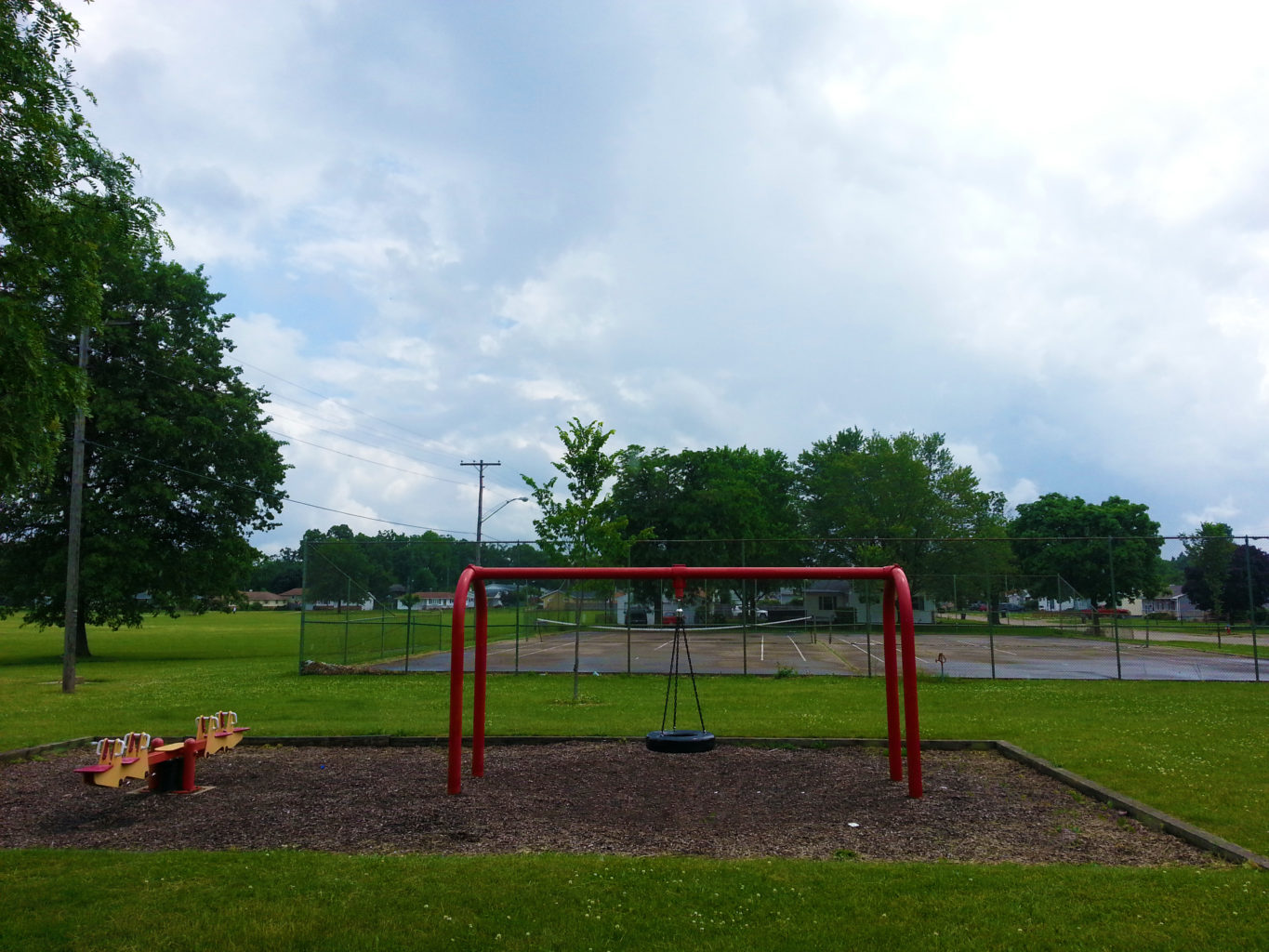

Most notably aggressive root systems and dense growth patterns allowed the common reed ( Phragmites australis) to crowd out a variety of native species. This change to a fresh water regime allowed invasive species to overrun the river's banks. However, the flapper gates degraded the environment in several ways: they blocked fish passage upstream to historic spawning areas they change the vegetation to a fresh water regime they limited the extent of flushing in the reflecting pool and they reduced tidal influence up to and including the Duck Pond in Edgewood Park. The gates were installed to control mosquitos, to provide flood control, and to allow areas of the salt water marsh to be filled to provide for additional land for development. Tide gate Īround 1920, the City of New Haven installed flapper style tide gates downstream of Orange Avenue (U.S. The development by the International Rowing Course Foundation would have included a grandstand with seating for 5,000 people and a variety of other athletic facilities. During the mid-1970s, there were further plans for the expansion of the rowing course into an "Olympic rowing course", but these plans never came to fruition. At the time, the Yale athletic program studied the idea of building a larger course for use in collegiate rowing competitions, but evidently decided against it.

The reservoirs are named Konolds Pond, Lake Dawson, Lake Watrous, and Lake Bethany, in order from south to north.Ī rowing course was constructed along the river in New Haven in what is now West River Memorial Park in 1920.

The river is dammed in several places and some of the reservoirs are used by the South Central Connecticut Regional Water Authority to provide a percentage of the public water supply. There is a public canoe launch, maintained by the City of New Haven Department of Parks, Recreation, and Trees, in the constructed channel at Derby Avenue. While the river's natural channel winds along the western edge of the West River Memorial Park, a very straight channel (a former rowing course) cuts through its middle and terminates at the park's northern edge (Derby Avenue). Within the city of New Haven, the river is surrounded by Edgewood Park and the West River Memorial Park along much of its length. It flows through the towns of Bethany, Woodbridge, New Haven, and West Haven before discharging into New Haven Harbor. The West River is a 13.5-mile-long (21.7 km) freshwater stream in southern Connecticut.


 0 kommentar(er)
0 kommentar(er)
